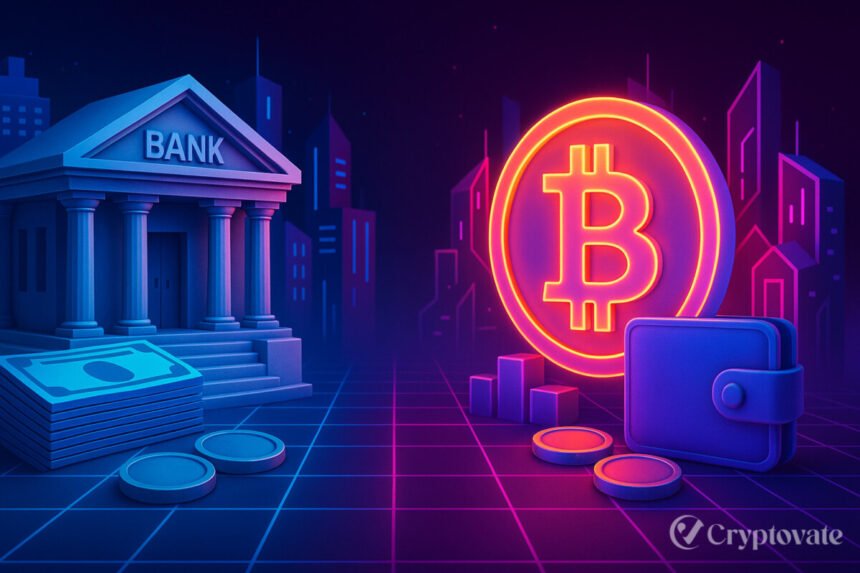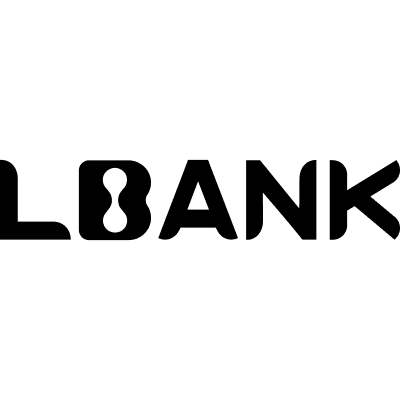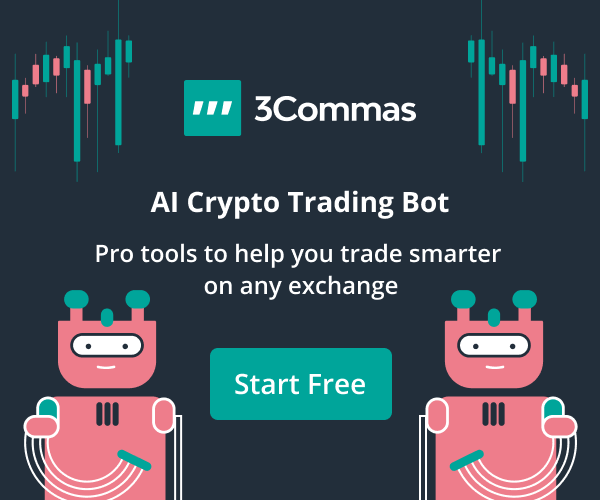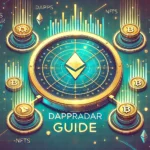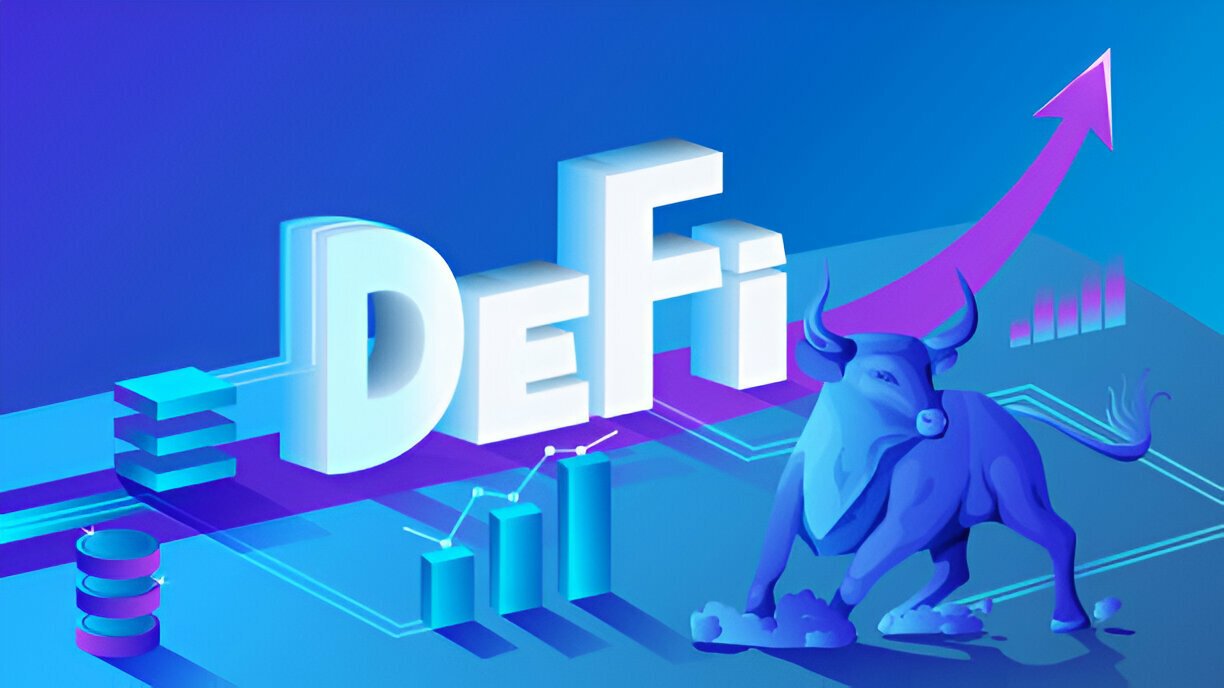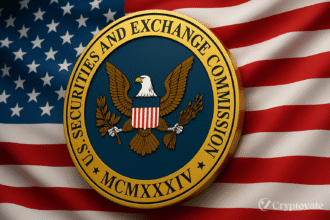– Ad –
| Getting your Trinity Audio player ready... |
You’ve heard of banks. You’ve heard of crypto. But what’s this whole “DeFi vs Traditional Finance” debate? Is it just noise, or is there something real behind the buzz?
Here’s the thing: DeFi (Decentralized Finance) isn’t just a tech trend. It’s a philosophical shift. It’s finance without gatekeepers. And it’s going head-to-head with the centuries-old system we all grew up using, banks, brokerages, regulators, and paperwork.
So, let’s get into it. What’s the difference? Why does it matter? And most importantly, where do you fit in?
What Is Traditional Finance?
Traditional Finance or TradFi, if you want to sound cool on crypto Twitter, is the financial system we’ve known forever.
Banks, credit cards, stock markets, government bonds, insurance companies, all fall under TradFi. It’s centralized, meaning there are institutions (and often governments) controlling and regulating the flow of money. Think of it as a tall tower: a few players at the top, a lot of rules in the middle, and you at the bottom…waiting for approvals, interest rates, and bank hours.
Core features of TradFi:
- Regulated: It operates based on trust, regulatory approvals, and government supervision.
- Intermediary-heavy: There’s always someone in the middle, banks, brokers, notaries.
- Slow to move: Loans take days. Settlements take hours. Global transfers? Sometimes weeks.
- Access controlled: If you don’t have ID, credit history, or a bank account you’re out.
TradFi works. But for many, it’s also frustrating, exclusive, and outdated.
What Is DeFi?
DeFi stands for Decentralized Finance. It runs on public blockchains like Ethereum. There’s no central authority. No banks. No approval needed.
Instead of relying on humans, DeFi uses smart contracts, self-executing code that says, “If X happens, then do Y.” Want to lend your crypto and earn interest? You can. Want to trade tokens at 2am from your phone? Done. Want to do all that anonymously? You got it.
Core features of DeFi:
- Permissionless: Anyone with a crypto wallet can use it. No bank account needed.
- Transparent: All transactions are visible on-chain.
- Fast & global: Transactions are completed in seconds or minutes instead of taking days.
- Programmable: Finance becomes code. Entire ecosystems are being built on top of these blocks.
Popular DeFi platforms include Uniswap (for trading), Aave (for lending), and Compound (for interest earning).
DeFi vs Traditional Finance: Key Differences
Here’s where it gets interesting.
| Feature | Traditional Finance | DeFi |
|---|
| Control | Centralized (banks, governments) | Decentralized (code, community governance) |
| Access | Limited by geography, ID, KYC | Open to anyone with a crypto wallet |
| Speed | Slow (hours to days) | Fast (seconds to minutes) |
| Transparency | Black box | Fully on-chain |
| Security | Regulated protections, but human risk | Code-based, but vulnerable to bugs |
| Innovation | Bureaucratic and slow | Wild, fast, experimental |
If traditional finance is an exclusive club with entry rules, DeFi is an open, wild frontier with no gatekeepers. Both have upsides. Both can bite.
Why Some People Prefer DeFi
Let’s be real. DeFi has exploded for a reason.
- Lower fees: No middlemen = no extra charges (most of the time).
- Always-on: Crypto doesn’t care if it’s Sunday or a holiday.
- Global access: Doesn’t matter if you’re in New York or Nairobi.
- Ownership: You hold your assets. Not some institution.
- Innovation: Yield farming, flash loans, DAOs, stuff that simply doesn’t exist in TradFi.
Especially for the unbanked or those in unstable economies, DeFi is more than a tech gimmick; it’s financial freedom.
Also Read: Mastering DeFi Borrowing: Your Ultimate Guide to Crypto Loans in 2025
Challenges for DeFi
Let’s not romanticize it either.
- Smart contract hacks: Billions have been lost to bugs and exploits (remember the Poly Network or Wormhole hacks?).
- No customer support: Lose your private key? Good luck.
- Volatility: Assets can swing wildly in value.
- Regulatory uncertainty: Governments aren’t sure how to handle DeFi. Crackdowns can happen overnight.
- Usability: Gas fees, bridge risks, liquidity traps. DeFi remains complex and challenging for the typical user to navigate.
In short: DeFi empowers users, but it also requires them to take full responsibility.
Can They Coexist?
Absolutely. And they already are.
- Traditional banks are experimenting with blockchain tech.
- DeFi protocols are building insurance, compliance tools, and stablecoins to reduce risk.
- Governments are exploring CBDCs (central bank digital currencies) that blend TradFi control with DeFi infrastructure.
This isn’t a war. It’s more like evolution. Think iPhones and landlines. They still exist together, just serving different users.
In the long run, we might see hybrid finance, regulated DeFi, decentralized banks, or community-run lending backed by real-world assets.
What This Means for You
Here’s the practical part.
- If you want safety and simplicity: Stick with TradFi. It’s secure, insured, and familiar.
- If you’re curious and ready to learn: Start exploring DeFi slowly. Try a DEX with small funds. Earn passive income via staking.
- If you want the best of both: Use both systems. Move between them as needed. For savings, use a bank. For yields or global access, try DeFi.
Just remember: With great freedom comes great responsibility (and gas fees).
Final Thoughts: Which Is Better?
That’s not the right question. The better question is: Which is better for you, right now? DeFi is quick, accessible, and empowering, yet it comes with high risks and a lack of polish. TradFi is safe, familiar, and stable, but slow and limited.
Money is changing. Finance is evolving. And you don’t have to pick sides, you just need to understand the game. Because the real power? It’s not in the system. It’s in knowing how to use it.
FAQs
What is the key distinction between DeFi and traditional financial systems?
DeFi operates on blockchains without intermediaries, offering open access and fast transactions. Traditional finance depends on centralized entities such as banks and follows regulated, often slower procedures.
Is DeFi safe compared to Traditional Finance?
DeFi can be risky due to smart contract vulnerabilities and lacks customer support. Traditional Finance offers regulated protections but involves human-related risks.
Can I use DeFi without a bank account?
Yes, DeFi is permissionless. Anyone with a crypto wallet can access it, unlike Traditional Finance, which often requires IDs and bank accounts.
How can DeFi and Traditional Finance coexist?
They’re already blending! Banks explore blockchain, DeFi builds compliance tools, and hybrid models like CBDCs merge centralized control with decentralized tech.



